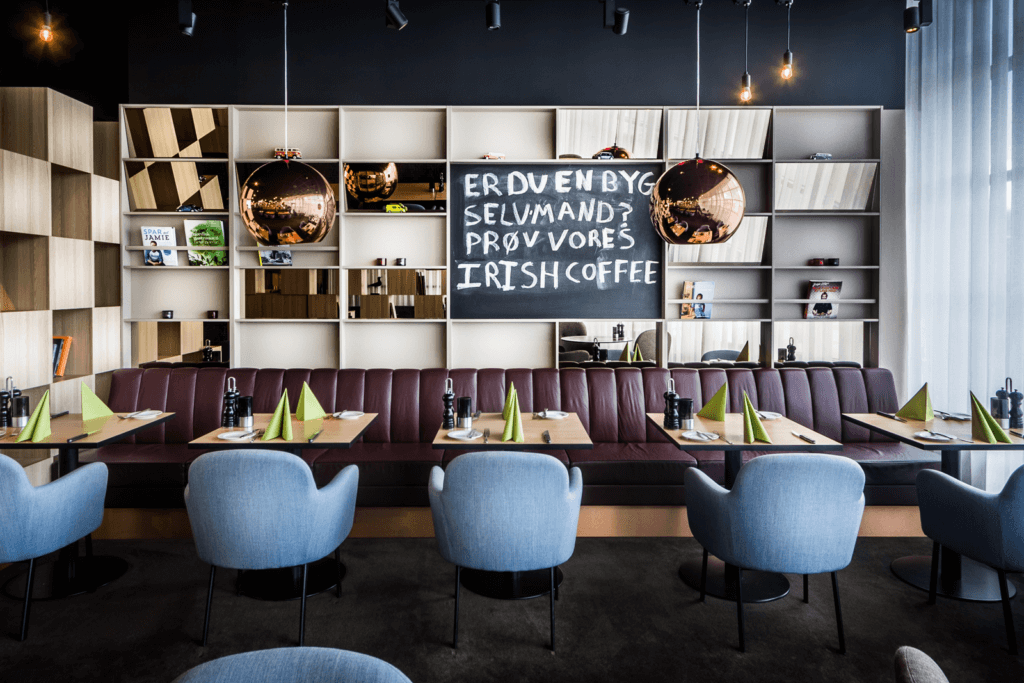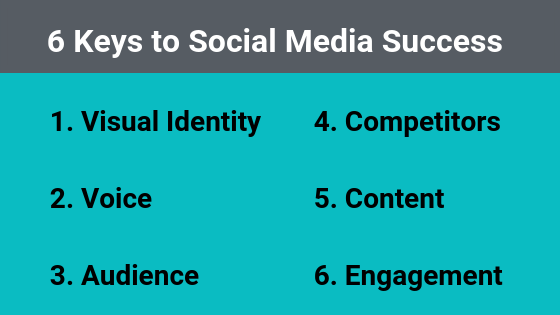
When working to promote your restaurant, social media marketing should be at the top of the list. In fact, a robust social media marketing strategy can be the difference between a line out the door with a full reservation book, and an empty room.
In a recent restaurant marketing study conducted by SevenRooms, we found that 92% of restaurants have an Instagram presence, and 82% have a Facebook page. To be successful in 2019, you must do more with your marketing than just sending out an email blast with weekly specials. In fact, social media should be a crucial part of any robust marketing plan for your restaurant.
Here are six key things you should be thinking about as you begin to build out your social media strategy:

But before you get started, we’ll run through some of the basics of setting up your various social media accounts. The first step is to create Instagram and Facebook accounts with your restaurant’s name. From there, consider the following best practices for restaurants:
As a restaurant, you should ensure you have all your contact information across your page, including:
- Phone Number
- Address
- Takeout/Online Ordering Information
Most importantly, you must link your reservation widget to your profile page via the Book Now button underneath your Cover Image. This will give visitors to your Facebook page an easy way to instantly book a reservation while they’re thinking about your venue.
When setting up your Instagram account, make sure all your profile information is filled out, including your:
- Restaurant name
- Website
- Bio
- Address
Once you have completed this, click Edit Profile > Contact Options. The most crucial button to add to your profile is a Reserve button, allowing you to take reservations directly through Instagram. Click your preferred reservation technology, like SevenRooms, and copy and paste your widget link into the URL bar.
Voila! You’re now ready to take reservations from Instagram and Facebook. Now, let’s move on to the fun part!
Pro Tip: By using SevenRooms as your preferred reservation, seating and guest management platform, you’ll have access to a trove of data on guests that book through your social media channels, helping you build robust guest profiles that will allow you to personalize service and marketing for your guests.
1. DETERMINE THE VISUAL IDENTITY OF YOUR RESTAURANT
Is your restaurant painted over in millennial pink? Does it feature funky neon signs? What about Insta-worthy food or drinks? Maybe it’s your awesome locally-sourced cocktail program? All of these aspects can, and should, feed into your visual identity on your social channels. Here are questions you should ask yourself as you determine the online visual identity of your social media:
- Do I want the focus to be on my food, cocktails, decor or something else? Maybe all three?
- Do I want a consistent color or theme across each post?
- What will help me stand out from other restaurants in my market?
- What will showcase my restaurant brand the best?
Once you’ve determined the answer to these questions, you can start building out your content. This includes hiring a photographer to take photos of your food, drinks, space and staff, as well as thinking about the visual layout of your content.
Pro Tip: When you hire a photographer or designer, make sure you look carefully at their portfolios to see if their style matches your aesthetic. You don’t want to run into issues down the line when their vision deviates from what you had in mind!
2. FIND YOUR VOICE & MESSAGE
Now you have a visual identity, it’s time to find your voice and get your message heard. Is your brand sassy and snarky, or cool and sophisticated? Is it relatable or aspirational? These are all questions you should be asking yourself as you build out the tone for every message you post. Whatever you decide, you should ensure you have:
- A consistent voice across your channels for continuity
- Key phrases and hashtags outlined for your team so that, no matter who is doing your social, they know the key tone and messages for each post
- An understanding of who you’re creating the content for, and what messages resonate with that audience
- Someone who can manage your voice and messaging as your brand evolves
Your voice and message are important in reaching your guests with the right information, at the right time, so getting the right mix, and tweaking it as your build up bigger audiences, will be crucial to your success.
Pro Tip: When first outlining your brand voice, get all key stakeholders in the room. It’s crucial for everyone to agree on voice and messaging, and to write it down as part of your social media guidelines. This will help prevent disagreements in the future if someone wants to post a message that does not align with your voice and style.
3. WHO ARE YOU TRYING TO REACH?
Determining your audience and reaching the right demographic of guests is extremely important when developing your social media marketing program. Does your brand skew more male or female, is it a 21+ bar or 18-25 Insta-friendly space? The answer to these questions will play a large role in determining who your content should be reaching.
The good news? All social media platforms — from Instagram and Facebook to Linkedin and Twitter, give you visitor demographics. Each platform shares them in slightly different ways, but all of them give you the tools to understand who is engaging with your content. And, the results may surprise you.
Additionally, as with any program, you want to have a system in place to measure the success of your social media marketing campaigns. Make sure you’re keeping tabs on the best performing content, as this will help you tailor your messages more effectively to your audience in the future. This will not only help you build brand loyalty for your restaurant, but it will also help you get higher engagement across your channels when your message resonates with your followers.




